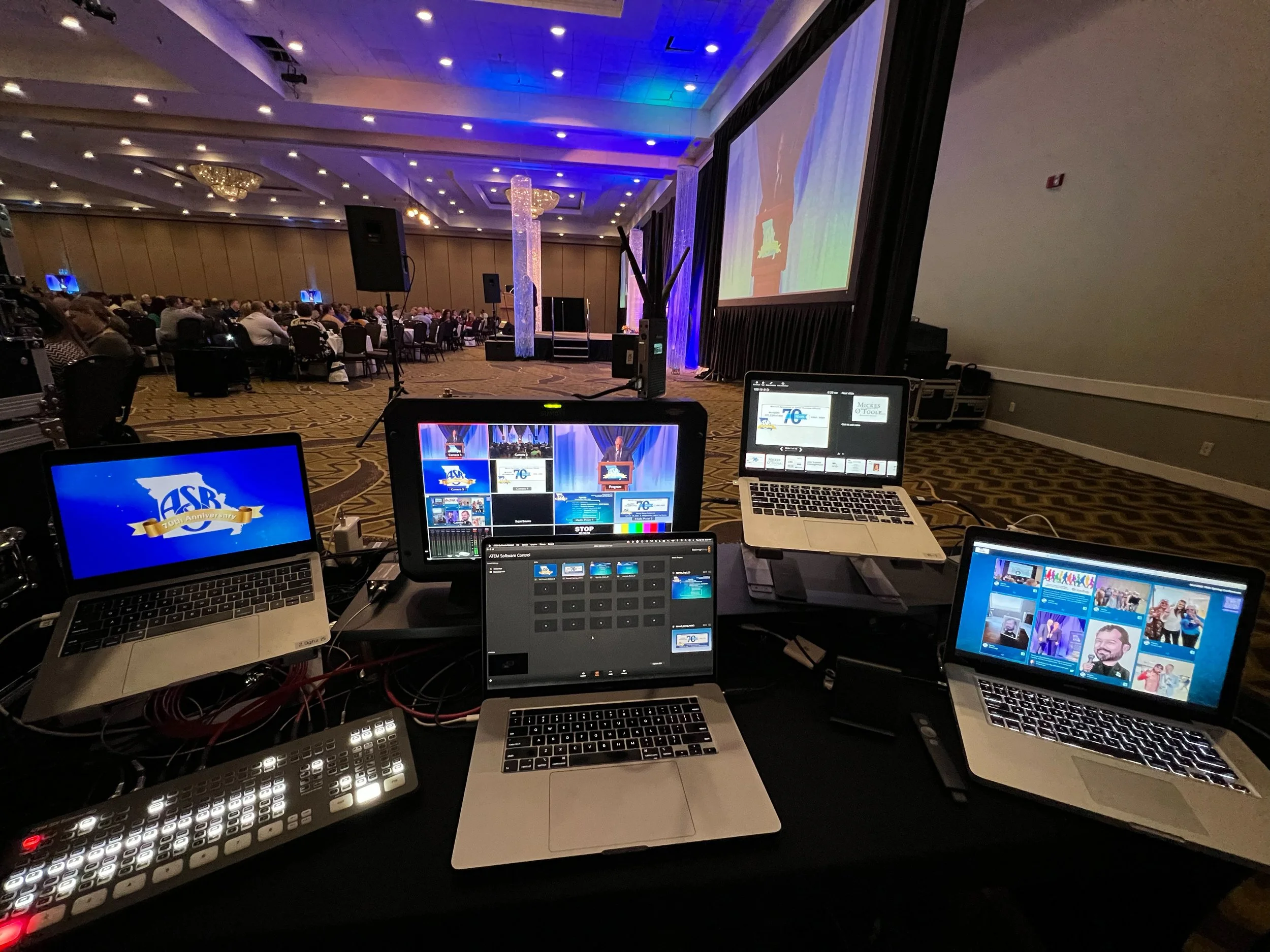The Ultimate Guide to Live Video Production: A Deep Dive
Live video production has become an essential component of modern media, transforming how we engage with real-time content. From live sports broadcasts and concerts to webinars and corporate events, the ability to produce and stream live video content has opened up new avenues for communication, entertainment, and marketing. In this in-depth guide, we’ll explore what live video production entails, its key components, and the best practices for executing a successful live broadcast.
Understanding Live Video Production
At its core, live video production involves the real-time creation and broadcasting of video content. Unlike pre-recorded video, which can be edited and polished before release, live video demands precision and quick thinking. The goal is to deliver a seamless and engaging experience for the audience, often requiring a well-coordinated effort from a team of professionals.
Key Components of Live Video Production
Live video production is a multi-faceted process that includes several crucial stages and elements. Let's break down each component:
1. Pre-Production Planning
Concept Development: The first step in any live video production is to define the concept. This involves understanding the purpose of the broadcast, finding your target audience, and then zero in on your key messages. Whether it’s a product launch, a live performance, or a corporate seminar, having a clear vision is essential.
Scriptwriting: While live broadcasts are inherently dynamic, having a script or a run-of-show outline, helps guide the production. This script includes key points, transitions, and cues for the production team, ensuring everyone is on the same page.
Logistics: Successful live productions require meticulous logistical planning. This includes selecting and securing locations, scheduling rehearsals, obtaining necessary permits, and coordinating the availability of talent and crew. Planning also involves contingency measures for potential technical issues or other disruptions.
2. Equipment Setup
Cameras: Multiple cameras are typically used in live video production to capture different angles and perspectives. Camera operators must be skilled in framing shots, following action, and adjusting settings on the fly to maintain high-quality visuals.
Audio: Prestine audio is equally as important as video. Microphones (lavaliers, handhelds, and podium mics), audio mixers, and sound engineers ensure that the audio is clear, balanced, and free from interference. In live events, wireless systems are often employed to provide mobility.
Lighting: Professional lighting greatly improves the overall quality of the broadcast. This involves setting up key lights, fill lights, and backlights to create depth and dimension. Lighting setups must be adaptable to different environments and conditions, whether indoors or outdoors.
Switchers: Video switchers are essential tools in live production, allowing the director to switch between camera feeds, add graphics, and manage transitions in real-time. This equipment is crucial for maintaining a dynamic and engaging broadcast.
Streaming Equipment: To deliver the live feed over the internet, encoders and streaming devices are used. These convert the video and audio signals into a format suitable for online streaming, ensuring a smooth and reliable broadcast to platforms like YouTube, Facebook Live, or Twitch.
3. Live Production
Directing: The director plays a pivotal role in live video production, making real-time decisions on camera angles, transitions, and overall flow. The director communicates with camera operators, audio engineers, and graphics operators to orchestrate the broadcast seamlessly.
Camera Operation: Camera operators must be adept at capturing the action as it unfolds. They follow the director’s cues to ensure the best possible shots are obtained, whether it’s a close-up of a speaker, a wide shot of an audience, or a dynamic tracking shot.
Audio Mixing: The audio engineer monitors sound levels throughout the broadcast, making adjustments as necessary to maintain proper levels and a balanced mix. This involves managing multiple audio sources, including microphones, background music, sound effects and more.
Graphics and Overlays: Graphics operators add visual elements such as titles, lower thirds, logos, and other overlays to enhance the broadcast. These elements provide context, highlight key information, and add a professional touch to the production.
Streaming and Broadcasting: The final step in live production is streaming the encoded video feed to the chosen platform. This requires a stable internet connection and often involves using streaming software to manage the broadcast.
4. Post-Production (if applicable)
While post-production is less common in strictly live broadcasts, it can play a role in creating highlights or on-demand versions of the live content. This involves editing recorded footage to remove any errors, adding additional graphics or effects, and optimizing the video for playback on various devices.
Best Practices for Successful Live Video Production
To ensure a successful live video production, consider the following best practices:
Thorough Rehearsals: Conducting rehearsals allows the production team to clearly see and remediate potential issues before going live. It also helps talent become comfortable with the flow and technical aspects of the broadcast.
Technical Checks: Perform comprehensive checks of all equipment, including cameras, microphones, lighting, and streaming devices. Ensure that backup equipment is available in case of technical failures.
Clear Communication: Establishing clear communication channels among the production team is crucial. Use headsets or intercom systems to facilitate real-time coordination during the broadcast.
Audience Engagement: Live video offers unique opportunities for audience interaction. Incorporate features like live chat, Q&A sessions, and polls to engage viewers and make the experience more interactive.
Monitoring & Analytics: Use monitoring tools to track the performance of the live stream, including viewer count, engagement metrics, and technical quality. Analyzing this data helps improve future broadcasts.
Adaptability: Live production requires the ability to adapt to unexpected changes. Whether it’s adjusting to a sudden change in lighting or managing an unforeseen interruption, being flexible and composed under pressure is key.
Wrap Up
Live video production is a dynamic and exciting field that combines creativity, technical expertise, and strategic planning. By understanding all of the elements, proper planning and communication ahead of time, you can deliver high-quality live broadcasts that captivate and engage your audience. Whether you’re a veteren professional or a newbie, mastering the art of live video production opens up endless possibilities for real-time communication and storytelling.
With the right preparation, equipment, and team, you can create live video content that not only meets but exceeds the expectations of your viewers. Embrace the challenges and opportunities of live production, and watch your broadcasts come to life in real-time.
T/22 | A Creative Service & Production Firm
(Video & audio production services in Jefferson City, Lake of the Ozarks, Columbia, St. Louis and Kansas City Missouri)
Web - www.t22av.com
Studio - 573-893-9917





